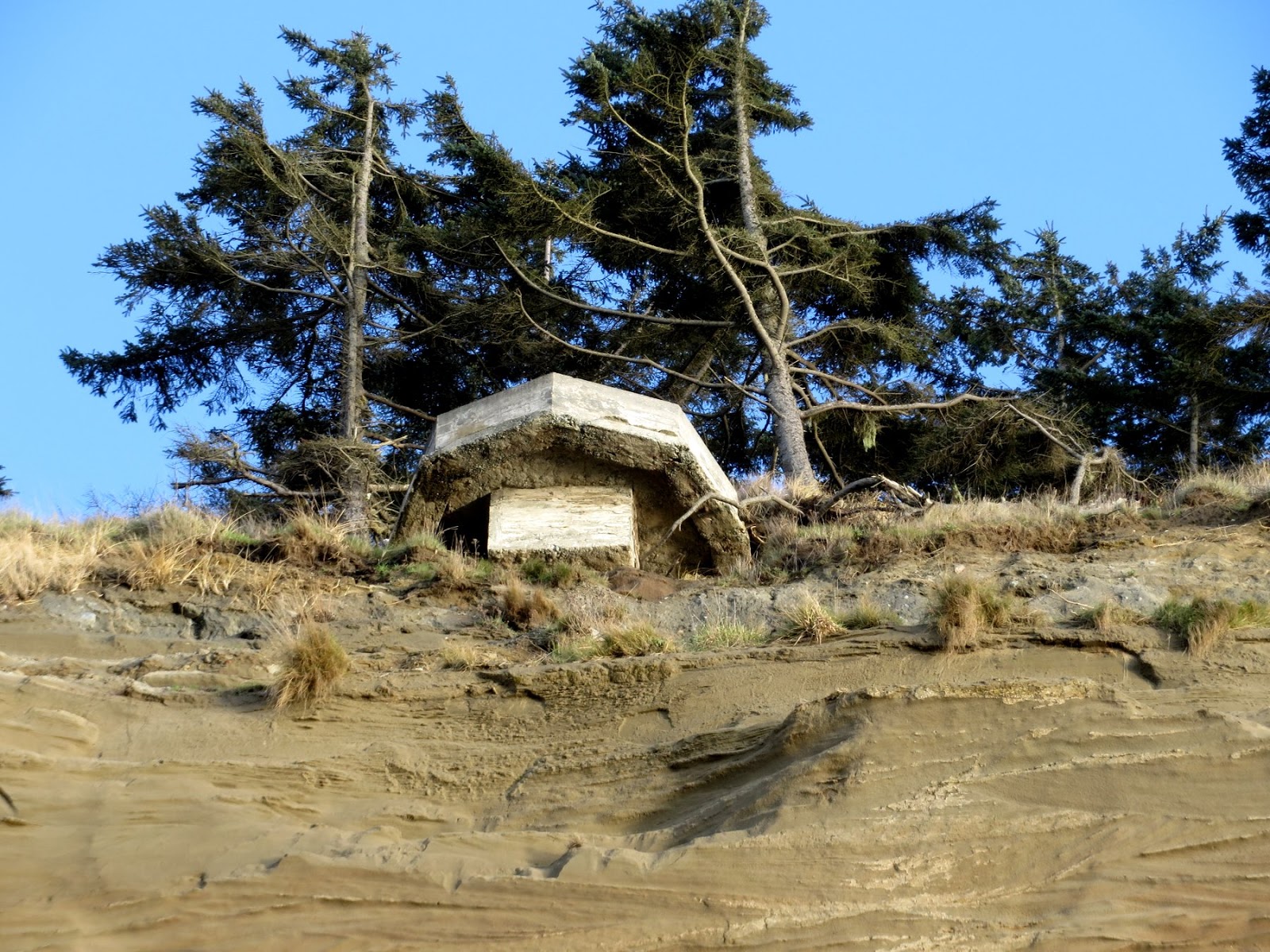We had a pretty benign January, but it seems like the last two weeks has just been one new storm every 24 hours. Fortunately, many hit hardest at night, leaving us some very pretty days in between the squalls. Early Sunday morning, I took advantage of a lull in the action to drive out to La Push. Saturday night's storm had subsided and the drive across 101 was beautiful with clear patches and a little sunshine and fresh snow low on the hills.
 I was on Third Beach by 11:00. The skies were gray - but dry - and the tide was pretty high, but it was a great dose of the Olympic Coast, which is exactly what I'd come looking for.
I was on Third Beach by 11:00. The skies were gray - but dry - and the tide was pretty high, but it was a great dose of the Olympic Coast, which is exactly what I'd come looking for.Third Beach, like most of the beaches along this coast, is a glorified pocket beach. Its shape is largely defined by rocky headlands - that confine the beaches - and the interaction of Pacific Ocean waves with the complicated bathymetry and clusters of sea stacks - that shapes the beaches. Ultimately, this coastline is probably a reflection of the geology -- an assortment of resistant sedimentary blocks (the headlands and stacks) with much softer stuff in between (the bays and beaches).
AERIAL VIEW

There's a waterfall at the south end - basically a hanging valley where the ocean has cut landward faster than the small stream can cut downward. The waves had cut into a very high sandy berm near the stream mouth - providing some indication of how dynamic this beach must be. Many of bluffs along here are actively collapsing onto the beach. Some appear to be fairly slow-moving slides, but there was a big pile down the beach that looked like it must have come down both quickly and recently.
 The tide was too high and the waves too big to explore safely and I look forward to coming back for longer in nice weather and when the tide is out. But it's days like this when stuff actually happens!
The tide was too high and the waves too big to explore safely and I look forward to coming back for longer in nice weather and when the tide is out. But it's days like this when stuff actually happens!By the time I got to Second Beach, an hour or so later, the wind had picked up (the tide, too, there was little beach to be seen). And by the time I got into La Push, the next storm had fully arrived. I ate my sandwich in my car out at the jetty with the wipers on high and the car rocking in the wind. La Push is worthy of a whole post in itself - several, actually - but it will have to wait for a trip where I can get some better pictures.
I drove over to Rialto Beach, but between the storm, the water level, and all those big logs on the move, I decided against walking north to Hole in the Wall. Next time! It was a very wet drive back to Seattle.





.jpg)






